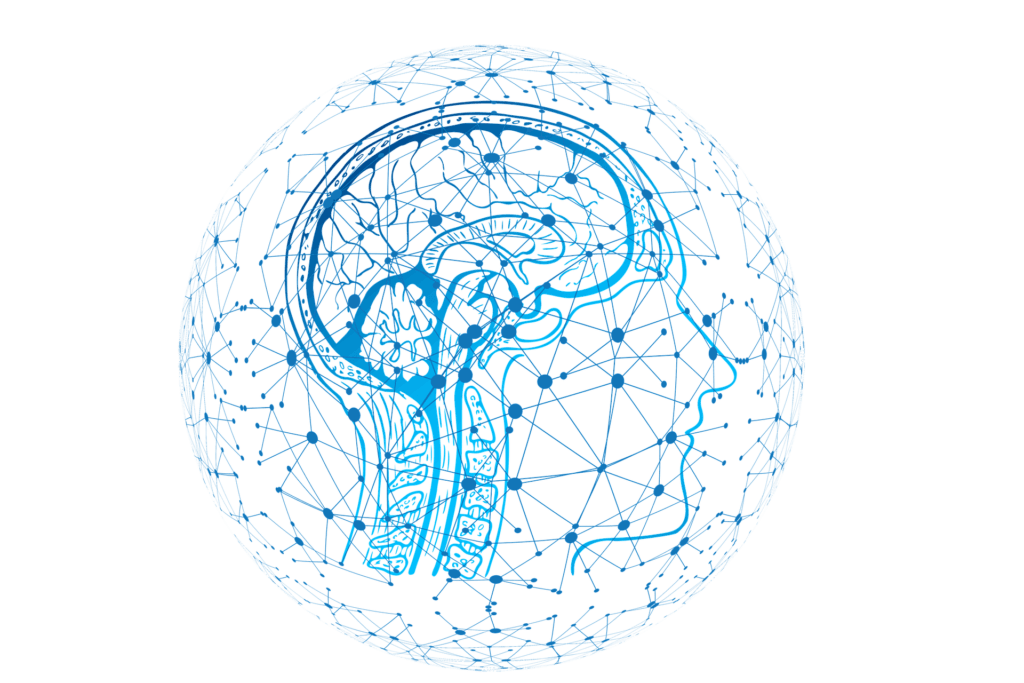
~ Article by Dr.L.Michael Hall and Mr Shawn Dwyer ~
In ancient times, tribunals accused certain persons (usually women) of being “witches.” If a woman denied that she was a witch, the denial was used as proof that she was a witch. The reasoning was this, “Witches always deny that they are witches.” Conversely, if she said that she is a witch, she was burned at the stake. If she denies it, she was burned at the stake. It was a double-bind cognitive fallacy-damned if she confesses; damned if she
denies! There was no way for her to prove that she was not a witch. The accusation implied the proof.
Cognitive Fallacies and Irrational Thinking
Talk about craziness and irrational thinking-that kind of double-bind reasoning condemns a person by the very act of making an accusation. A very similar thing happens today with name-calling. You use a derogatory label to refer to someone, and the label itself presupposes the very thing that it asserts. The fascinating thing about that is that when a person argues against the label, that person subtly assumes the validity of the label.
“No I’m not stupid.” This tends to reinforce the label inasmuch as it has the structure of a command negation. “Don’t think of blue.” “Don’t question my sincerity.” “I’m not dishonest.” “I’m not a crook.” (Nixon).
Double Binds In The Mind
In these double-binds, name-calling, criticisms, etc. there is a cognitive fallacy. What is the fallacy? It lies in the fact that the person on the receiving end is being called upon to prove a negative. This kind of thing happens a lot in language. Here is another cognitive fallacy that’s incorporated into language and that is difficult to flush out because it requires some thinking things through and some critical thinking skills. I bring it up now because calling someone a racist is today American Media’s Accusation Flavor of the Month.
Unconscious Bias
I’m speaking about the cognitive fallacy within the phrase “unconscious bias,” “unconscious racism,” or any other “unconscious X.” Let’s begin by considering the two words “unconscious bias.” If we use the NLP Meta-Model, you will notice that what we have here first are two nominalizations which have been tied together. And when they are used together in this way, the result sounds meaningful while it actually is not and does not point to anything empirical. You can tell that it is not meaningful when you start questioning it.
What do you mean by unconscious bias (unconscious racism)?
Who is not aware of his bias? When is he not aware of it? In what way is he not aware?
What does he need to do to be conscious of his bias?
Often, the person using this terminology will say, “It is just there and you can’t know that it is there, if you don’t, that’s evidence that you are unconsciously biased.” Ah, the double-bind assumption of the very thing which is being proposed!
Open Up Mental Thinking
To open up our understanding of this let’s begin by de-nominalizing the words. Underneath the false nouns (nominalizations) are verbs indicating actions or behaviors.
Bias: an orientation, tendency, attitude, a thinking pattern.
Unconscious: not-conscious, unaware, not aware.
By turning the false-nouns back into verbs (and actions) here’s what we have: becoming aware of what we were not aware of, namely, our orientation, attitude, and thinking patterns. With this we can now ask questions that will provide more clarity of thought:
What actions are you seeing or hearing that indicate a bias against certain persons, women, racial heritage, ethnic background, sexual preference, etc.?
Manipulative Language
Now often those who use such language do so to promote a certain agenda. It is manipulative language and they are using it to get an unfair advantage in their propaganda. So they say things like the following to prevent the
phrase from being clearly understood, “But unconscious bias is very subtle, it is hidden in social and cultural structures,” it is institutionized bias. Yet if the person shifts from an individual to talking about a group (e.g., organization, society, country), then again, we ask the Meta-Model questions to derive some clarity of meaning:
What are the practices, polices, rituals, rules, ways of operating (group behaviors) which we need to be aware of that dis-advantages some people, those of one race or another, females, etc.?
The point in using the Meta-Model is this
If you can’t identify the behavior of some concept and put it in terms of external actions and words, or internal behavior such as thinking patterns, then you are dealing with an
unsubstantiated vague concept that only exists in a person’s mind, and not in reality. It’s an ungrounded assumption. Without identifying a specific behavior, it is a muddled double-bind cognitive fallacy, in other words,
craziness and irrationality. No wonder the person cannot clarify.
To further push for clarity, ask, “How can I demonstrate that I don’t have an unconscious bias?” If the answer is, “You can’t” then that reveals you are facing someone with a belief-system which cannot be falsified. And that, of course, makes it not only unreasonable and unscientific, but a form of manipulation. The structure of the person’s argument is unanswerable which is probably what the person wants. Now he can rest confident (and arrogant) in his belief.
Experimental Awareness
Actually, there is no such thing as “unconscious bias” or “unconscious racism” apart from behaviors, words, utterances, etc. that a person-at some point in time-is unaware of. Once we make it conscious, we can fix that
bias by adopting a more sane and appropriate way of thinking. That’s what we do when we reframe a limiting understanding or belief.
"*" indicates required fields

